Introduction
principles of ZBNF
Zero Budget Natural Farming (ZBNF) is a farming method that helps farmers grow crops without spending money on expensive chemical fertilizers and pesticides. It’s an eco-friendly and sustainable way of farming that works with nature, not against it. The main goal of ZBNF is to reduce farming costs while improving the quality of the soil and crops. There are some principles of ZBNF.
In this post, we’ll explore the key principles of ZBNF, showing you how this method helps create healthier farms and supports farmers’ livelihoods.
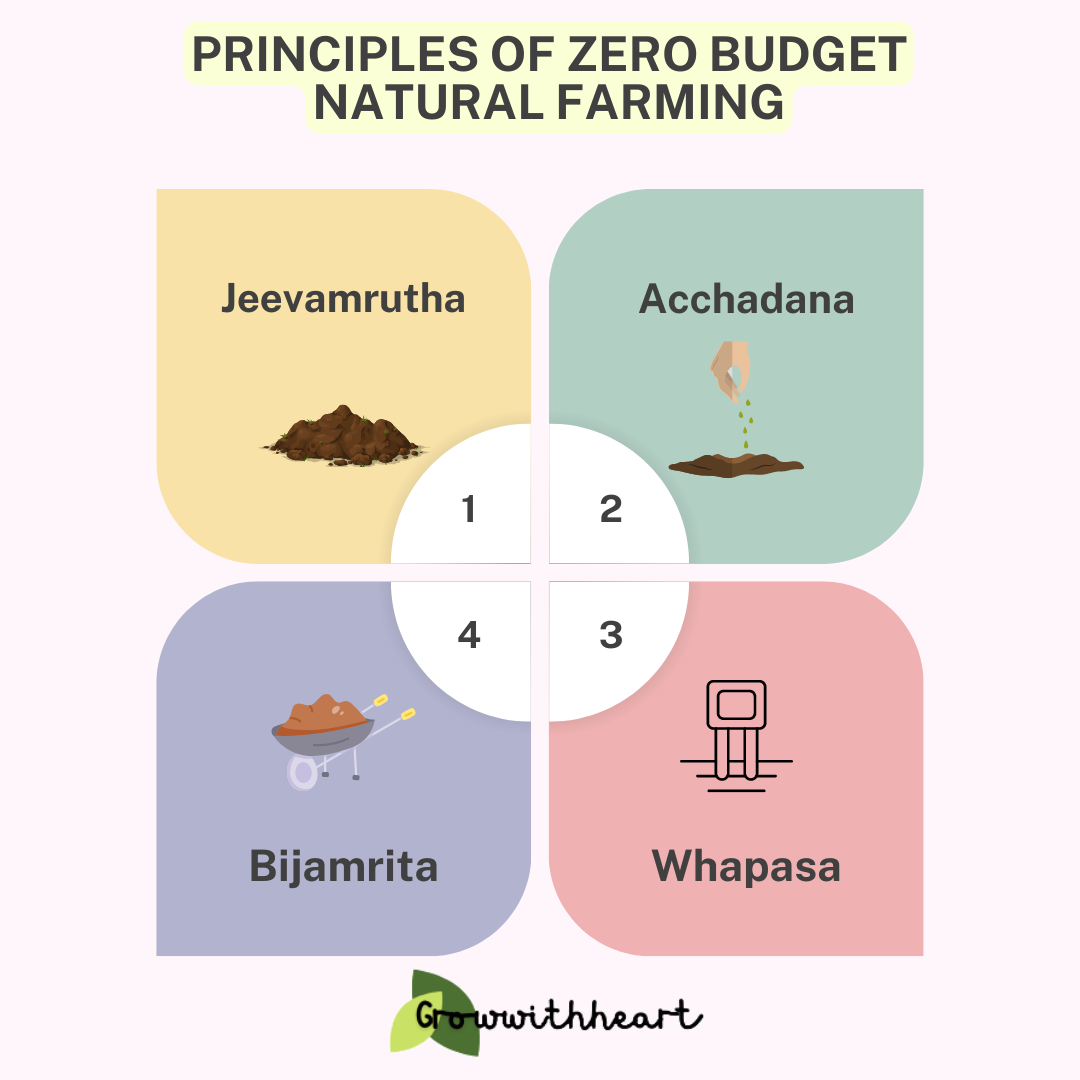
1. Jeevamrutha: A Natural Soil Booster
The first key principle of ZBNF is using a homemade mixture called Jeevamrutha. This is a natural fertilizer that boosts soil health and provides nutrients to the crops.
What is Jeevamrutha?
Jeevamrutha is made from ingredients that are easily available to farmers. These ingredients include:
- Cow dung
- Cow urine
- Jaggery (a type of natural sugar)
- Pulse flour
- Soil
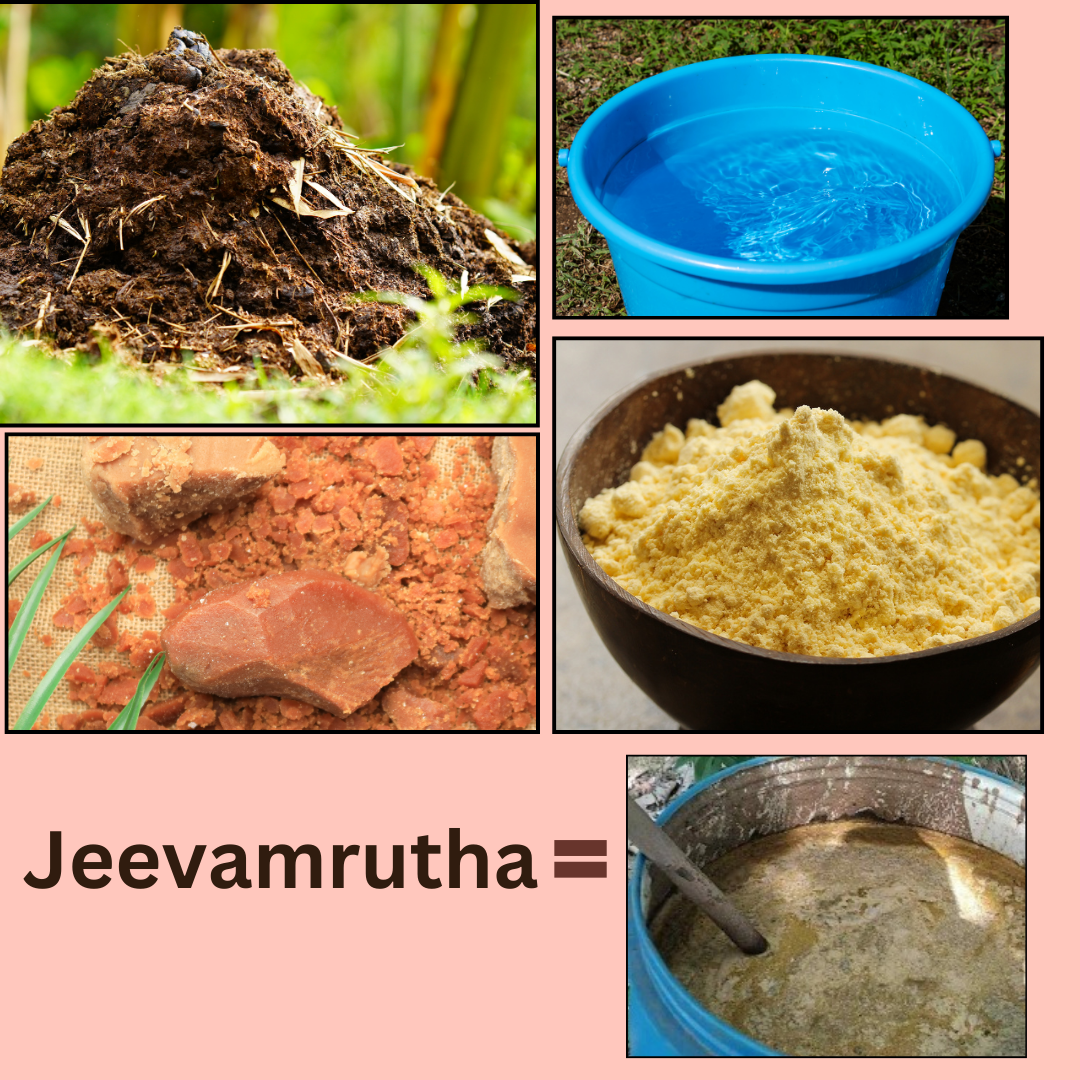
These ingredients are mixed with water and fermented for a few days. After fermentation, the mixture is ready to be applied to the soil.
How does it help?
Jeevamrutha improves the microbial activity in the soil, which is important for plant growth. It enriches the soil with essential nutrients, making the crops healthier without using any chemical fertilizers.
2. Beejamrutha: Protecting Seeds Naturally
The second principle is Beejamrutha, which focuses on treating seeds before planting them.
What is Beejamrutha?
Beejamrutha is a seed treatment solution made from cow dung, cow urine, lime, and water. The seeds are soaked in this mixture before they are planted.
Why is it important?
This natural treatment protects seeds from diseases and pests. It helps the seeds grow into strong, healthy plants right from the start, without needing chemical coatings or treatments.
3. Mulching: Covering the Soil for Better Growth
Mulching is another important principles of ZBNF. It involves covering the soil around plants with organic materials like dried leaves, straw, or crop waste.
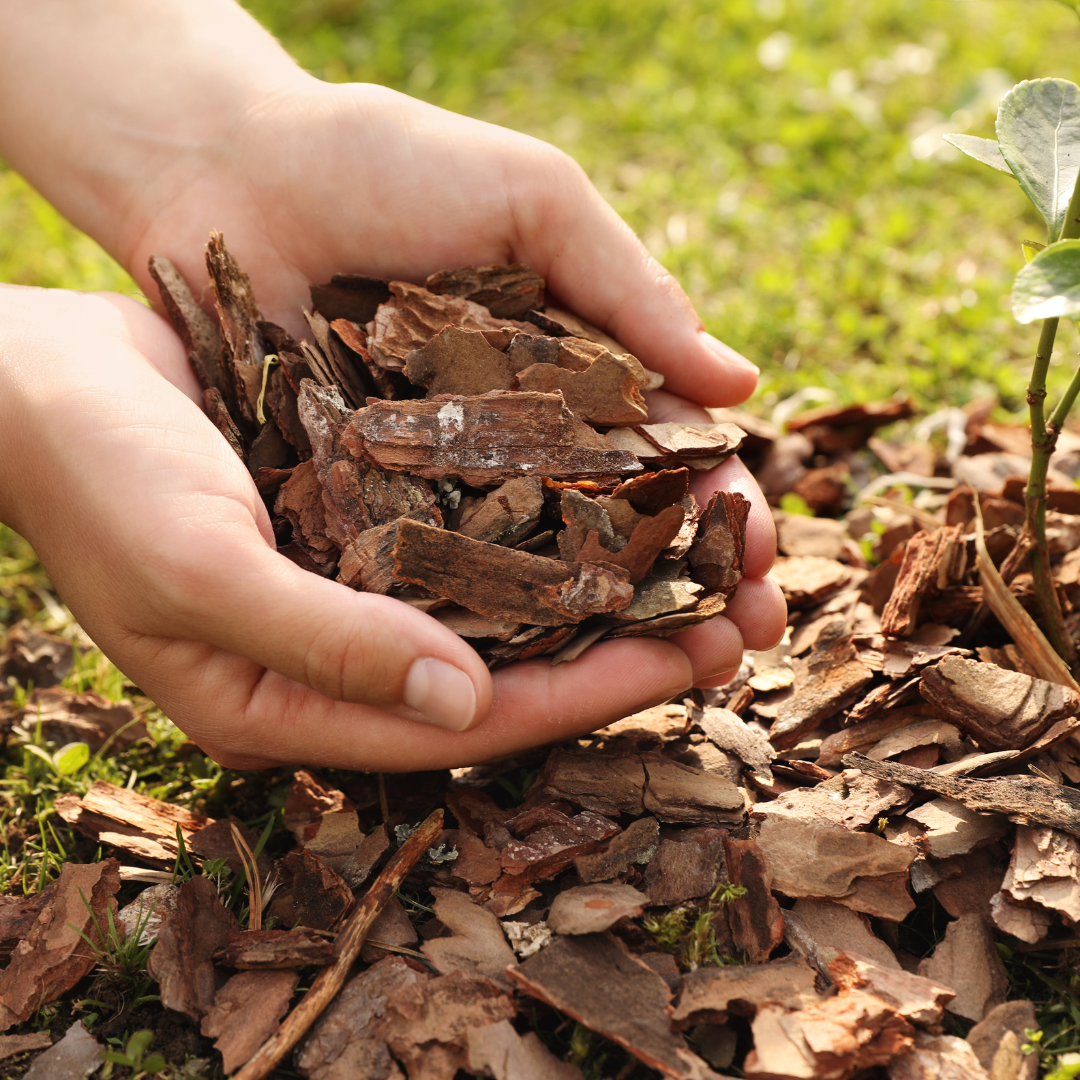
Why mulch?
Mulching helps the soil in several ways:
- It prevents the soil from drying out, keeping it moist.
- It reduces weed growth, which means less work for the farmer.
- It improves soil fertility over time as the mulch breaks down into organic matter.
By protecting the soil with mulch, farmers can improve their crops’ health and reduce the need for additional water.
4. Whapasa: The Importance of Moisture and Air in the Soil
In ZBNF, Whapasa refers to maintaining the right balance of moisture and air in the soil. This is different from traditional farming, where fields are often flooded with water.
What’s the idea behind Whapasa?
Instead of overwatering the crops, ZBNF encourages farmers to water less frequently, but at the right times. This allows the soil to have both moisture and air, which is healthier for the plant roots.
How does it help?
Whapasa reduces the amount of water needed for farming, saving water resources and promoting better root growth. The plants grow stronger because the roots can absorb nutrients more efficiently in aerated soil.
5. Intercropping: Growing Different Crops Together
Another principle of ZBNF is intercropping, where farmers grow different crops on the same piece of land. This is beneficial for both the crops and the soil.
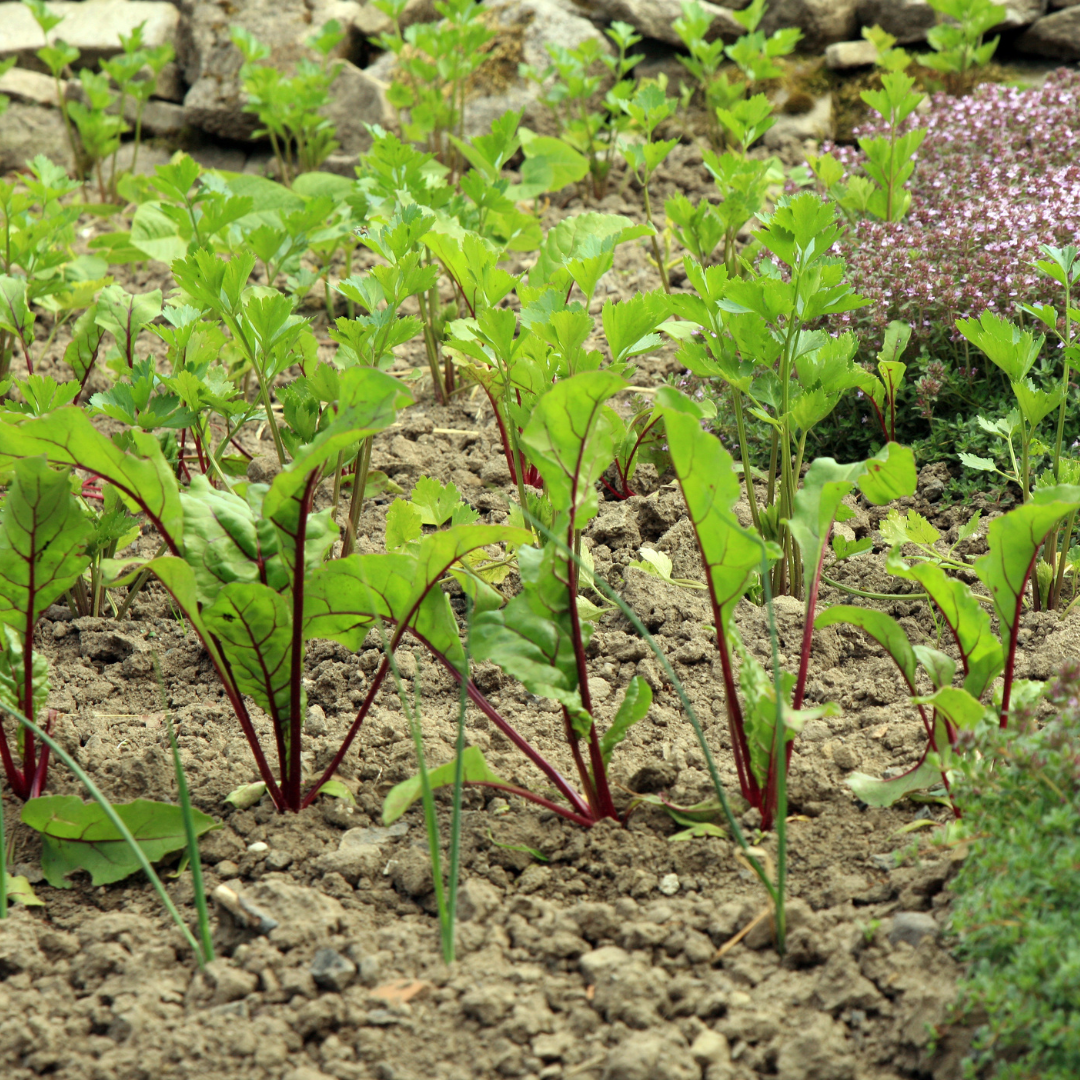
Why practice intercropping?
Intercropping helps in the following ways:
- It reduces the risk of pests and diseases.
- It improves soil fertility by combining crops that benefit each other.
- It helps farmers diversify their produce, increasing income.
For example, planting legumes along with cereal crops can add nitrogen to the soil, making it more fertile. This natural process helps reduce the need for chemical fertilizers.
6. No-Tillage: Keeping the Soil Structure Intact
Unlike conventional farming, which involves plowing the land, ZBNF promotes minimal or no tillage. This means that farmers avoid disturbing the soil as much as possible.

Why avoid tilling the soil?
Tilling can damage the natural structure of the soil, killing important microbes and worms that help the plants grow. By not tilling the soil, ZBNF preserves the soil’s natural balance, which improves its ability to hold water and nutrients.
7. Pest Control with Natural Solutions
In ZBNF, farmers use natural methods to control pests rather than relying on chemical pesticides. One such method is the use of a homemade insect repellent called Agniastra, which is made from natural ingredients like neem leaves, garlic, and chili.
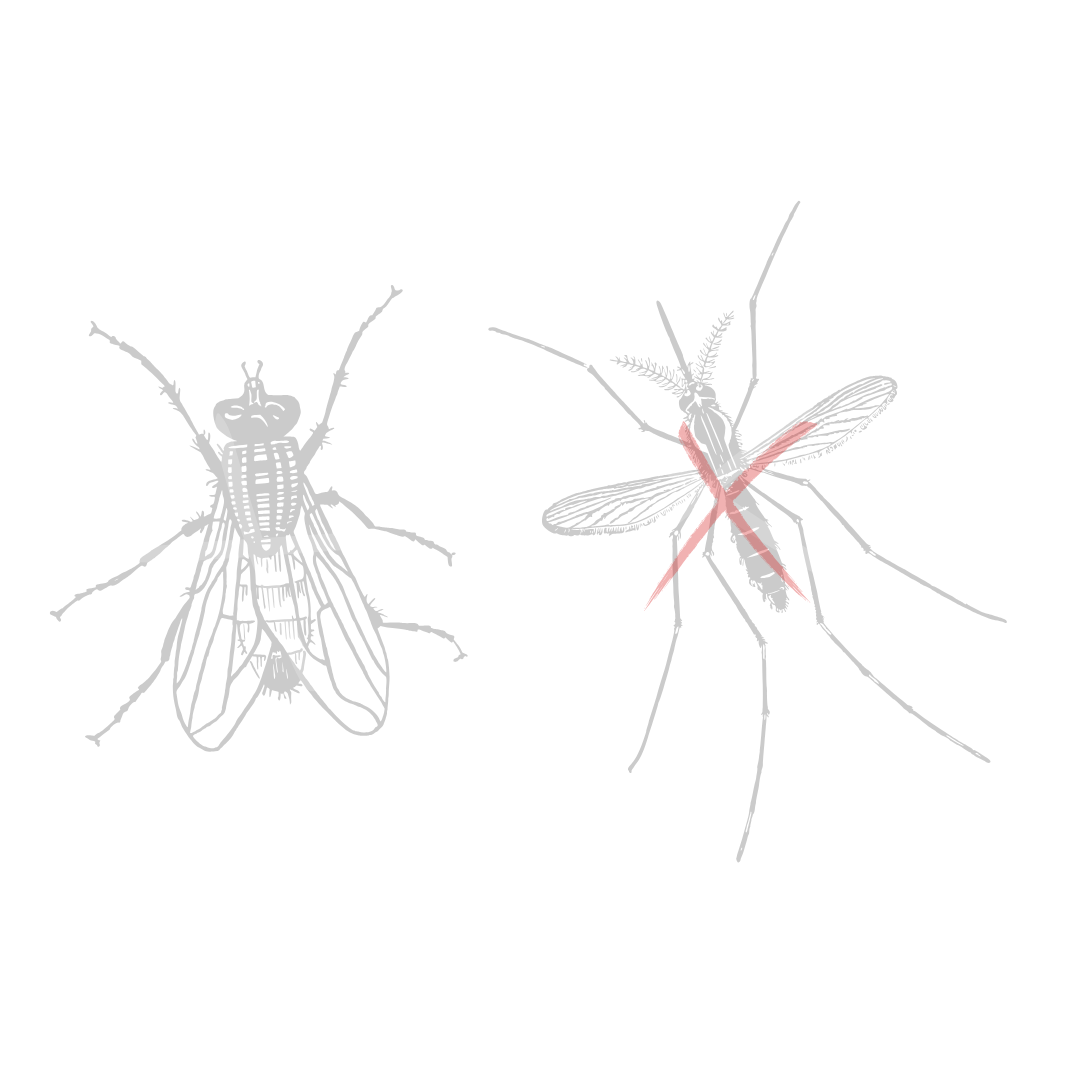
How does it work?
Natural pesticides like Agniastra repel harmful insects without harming beneficial ones. This helps maintain the balance of the farm’s ecosystem and reduces the need for expensive chemical products.
Conclusion
Zero Budget Natural Farming offers a sustainable and cost-effective way for farmers to grow crops without relying on expensive inputs. By using natural resources like cow dung, urine, mulch, and simple pest control methods, farmers can improve soil health and crop yields while protecting the environment.
The key principles of ZBNF—Jeevamrutha, Beejamrutha, mulching, Whapasa, intercropping, and the use of Desi cows—work together to create a farming system that is both affordable and environmentally friendly.
Farmers looking to adopt a more sustainable approach can benefit greatly from ZBNF, saving money while improving the health of their farms for the long term.
